Kingston was off to a great start on their first venture into the gaming headset segment when they unveiled the first HyperX Cloud. Needless to say, they’re trying to ride the momentum with their second gaming headset – the Kingston HyperX Cloud II.

Design and Construction
The HyperX Cloud II shares a lot in common with its predecessor. So much, in fact, that telling one from the other can be really difficult even in close range.
Clone or not, this is not necessarily a bad thing since the first HyperX Cloud’s design and build were pretty outstanding, something that’s almost unheard off for a sub-$100 gaming headset.
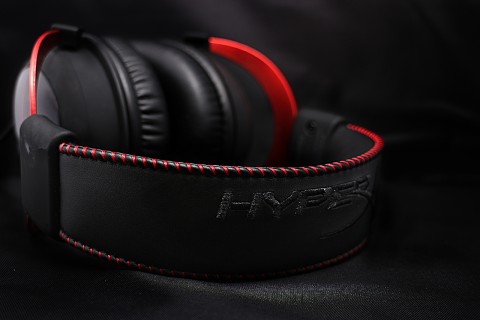
The HyperX Cloud II’s headband is wrapped in leather that’s bound on each end with red stitches that complements the red-and-black theme of the headset. As an additional flare, the top of the headband features stitched “HyperX” logo.
A leather-bound soft memory foam lays beneath the firm headband. Each end of the headband terminates to a pair of plastic pieces with rubber-y matte finish. These pieces holds the exposed wires for each of the cups that house the HyperX Cloud II’s 53mm drivers.
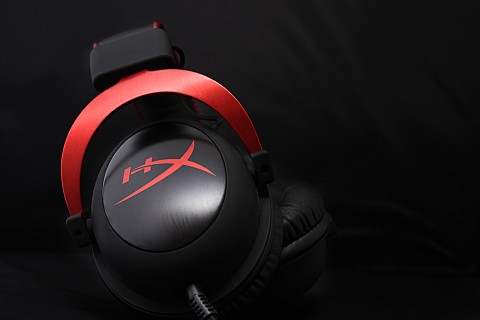
Holding the cups in place are two aluminum braces that features a brushed metal finish. Each of these braces can be extended up to eight (8) clicks, or roughly an inch, for a comfortable head adjustment.
Unlike on the white model, the portion of the ear cup surrounding the black aluminum piece with the HyperX logo in the middle has a rubber-y texture.
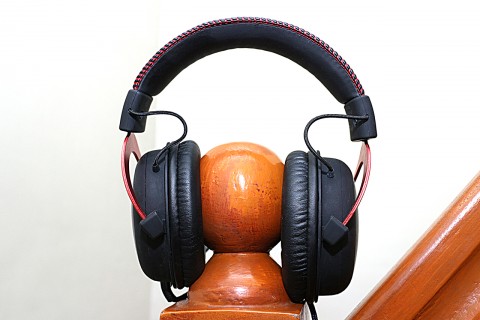
One of the things that we like about the first HyperX Cloud is the option to switch between two foams for the earcup padding: leather-bound memory foam and micro-fiber foamies. The former is attached to the HyperX Cloud II by default, probably to match the overall feel of metal-and-leather feel of the headphone, but users can easily swap out the other one without breaking a sweat.
The left earcup houses the microphone port that is hidden away from plain sight by a removable rubber plug. Neighboring it is the other end of the HyperX Cloud II’s 1-meter braided cable which terminates to a single gold-plated 3.5mm audio jack instead of two on the first model.
Ergonomics and Usability
Because of the similarity in design and the material used for its construction, the experience we had with the HyperX Cloud II was the same with its predecessor. The clamping force of its headband is just enough that it doesn’t strain our head during long gaming session, but is tight enough that it firmly keeps the headset in place on our head.
And it’s not just the headband that’s in play here, the soft memory foam on both the headband’s underbelly and the padding on the earcup really feels good on the sections of our head that come in contact with the headset.

As far as design goes, the only thing that could pose some minor concerns to some users is the length of the cable and brace that holds the cup in place. The latter allows for minor movements to follow the natural contour of the wearer’s head, but it doesn’t allow the cups to be totally folded inwards for easier storage.
For the cable though, since the HyperX Cloud II isn’t designed for gaming alone, we think that the cable has just the right length to be comfortably used when you’re away from your gaming rig. Besides, the bundled USB audio control box with built-in digital signal processor (DSP) adds an additional two (2) meters to the total cable length, which will address any problems you might have with the HyperX Cloud II’s cable length.
Sound Performance
The similarities between the HyperX Cloud II and its precursor doesn’t end in the design department – even their sound output is the same.
When paired to a good motherboard, like the SupremeFX-imbued Asus A88X-Gamer that we used during the course of this review, the HyperX Cloud II can provide a truly immersive gaming experience.
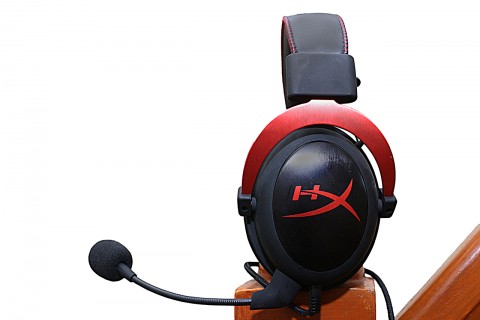
This is, in large part, thanks to its 53mm driver’s ability to pick up minute sound details and create a near-perfect aural representation of the surrounding – both of which are critical for a truly immersive gaming experience.
If you’ve read our review of the first HyperX Cloud, you can remember that we commended the headset’s ability to produce clean and balanced sound output throughout the whole sound spectrum – and that still holds true for its predecessor.
This makes the HyperX Cloud II not only a solid gaming headset in its price category, but also an amiable listening companion.
The X Factor
With a near identical design and sound performance, you’re probably wondering, what changed from the first HyperX Cloud? The answer lies in an unassuming USB accessory which, quite honestly, is the ONLY significant difference between Kingston’s new gaming headset – and we’re ok with it.
From being just a straightforward detachable control box that also doubles as cable extender for the first HyperX Cloud, Kingston has given the accessory a well-deserved shot in the arm both in design and functionality.

Gone are the two 3.5mm ports for the microphone and headset, which is understandable since the HyperX Cloud II now only has a single audio jack instead of two. Kingston has also added another set of volume rocker, which means that users can independently adjust the volume of the headset and microphone on the fly.
Speaking of on-the-fly adjustment, HyperX Cloud II users can switch between un-amped sound or go full bore by activating the virtual 7.1 Surround Sound by pressing the button in the middle of the control box.
Lastly, Kingston has added some finishing touches such a microphone mute toggle on the left, a red LED on both the HyperX Logo and the 7.1 Surround Sound button for added bling, and a clip on the back of the control box so users can fasten it on their shirt during gameplay.
7.1 Surround Sound
As a standalone gaming headset, both the HyperX Cloud and its successor are some of the best sounding audio gears in the sub-$100 price range. With the right kind of motherboard (or dedicated sound card), these cans can provide immersive gaming experience by creating a near-perfect representation of the in-game environment and spit out true-to-life in-game audio.
Kingston, however, is clearly not satisfied with this and has upped the ante by including a 7.1 surround sound feature on the USB control box.

But before you get your hopes up about the HyperX Cloud II’s “claimed” 7.1 Surround Sound, it needs to be said that the depth and the spacious sound representation of multiple speakers that usually makes up the 7.1-channel setup will always be difficult to replicate by the headset’s 53mm drivers.
Having said that, the HyperX Cloud II and its DSP-imbued USB control box, regardless of how good-sounding it may be, are still a far cry from the true 7.1 surround sound produced by multiple speakers. However, we wouldn’t go as far as calling it as a plain gimmick, because the accessory really gives the HyperX Cloud II a noticeable boost in the sound quality, albeit just not at par with a legit eight-channel audio system.
Microphone
One of the things that we would like to see improved on the previous model is the detachable microphone. While Kingston did improve it by expanding its frequency response on both ends of the spectrum, and adding a “digitally-enhanced, noise-cancelling” feature in the mix, there was no significant difference between this mic and the one included on the first HyperX Cloud model.
This might be a nominal upgrade, but it’s an upgrade nonetheless.
Conclusion
It’s always difficult to come up with the successor to a product that many considered to be the best. So rather than coming up with an entirely different beast on their next release, Kingston retained pretty much everything that made the HyperX Cloud such a huge hit in gaming industry and improved on the things that were lacking on the first build.
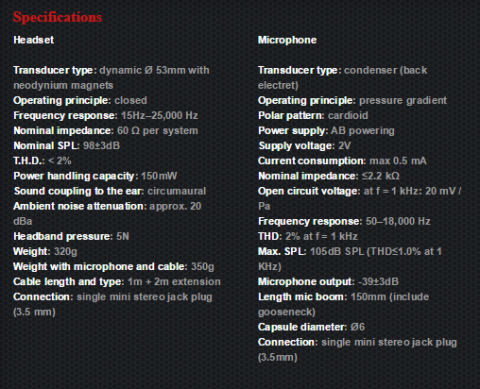
Improving the control box was clearly the right step in turning their first gaming headset in to a better one. It now has better design, independent volume controls for microphone and headset output and they’ve added a built-in DSP which, even though it fell short in providing the “claimed” 7.1 surround sound, definitely added more value for the consumer’s money.
What we liked about it:
- Utilitarian design
- Aluminum build
- Soft padding
- Interchangeable ear pads
- Durable braided cables
- Useful bundled accessories
- Large 53mm drivers
- Outstanding audio quality for its price
- Affordable for what it has to offer
- Improved detachable microphone
What we didn’t like about it:
- Rubber cap on line-out port can easily get lost
- 7.1 surround sound is good but still miles away from true 7.1 surround sound quality
The Kingston HyperX Cloud is available at Dynamic PC, DynaQuest PC, Easy PC, PC Express, PC Worx and PC Hub and has retail price of Php4,250.
The post Kingston HyperX Cloud II Review appeared first on YugaTech | Philippines, Tech News & Reviews.
